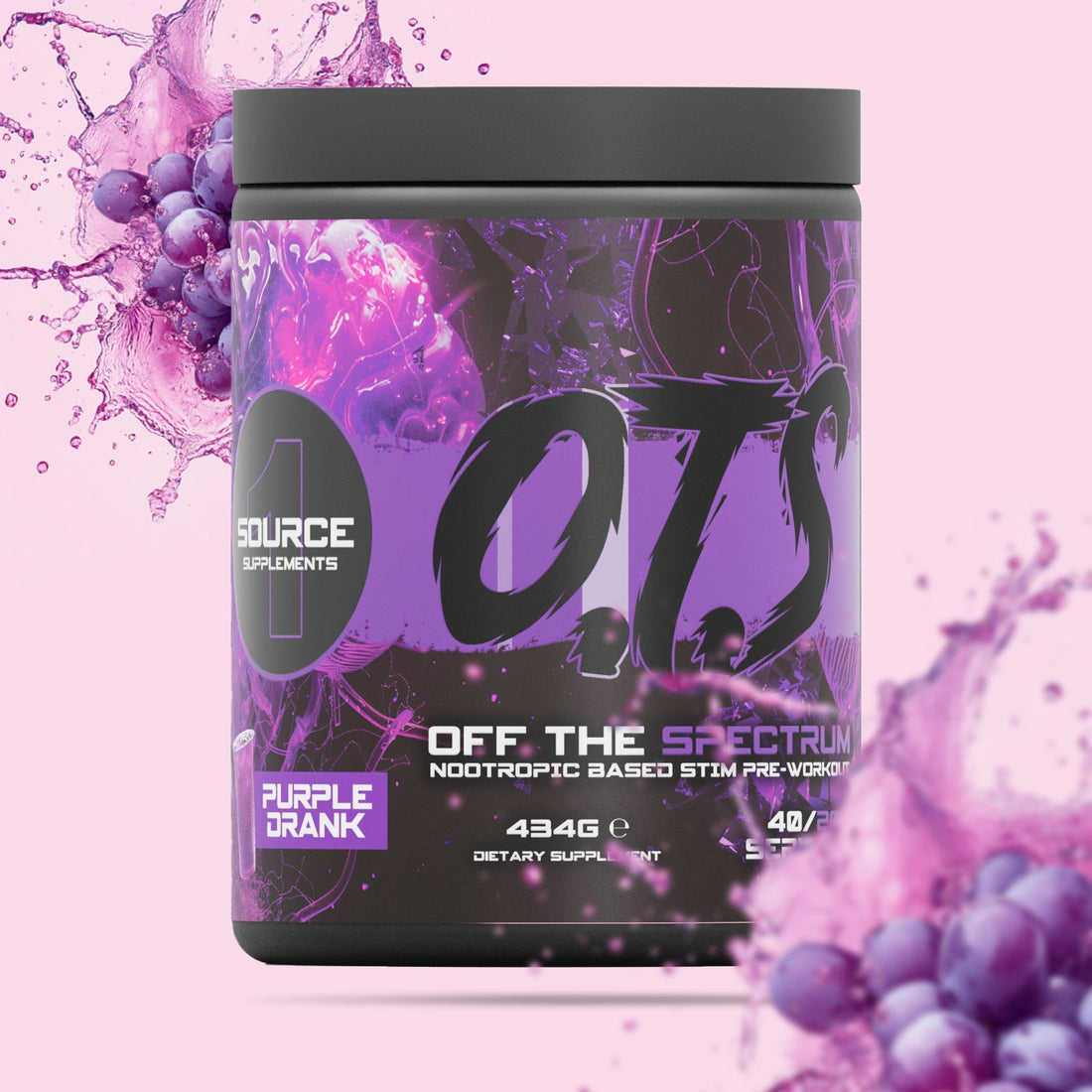
L-Citrulline Vs Citrulline Malate
When it comes to enhancing athletic performance and improving overall health, many individuals turn to supplements like L-Citrulline and Citrulline Malate. But what are the differences between these two forms of Citrulline and which one is the better choice? Let's explore the pros and cons of L-Citrulline compared to Citrulline Malate.
What is L-Citrulline?
L-Citrulline is a non-essential amino acid that plays a crucial role in the urea cycle, helping the body eliminate ammonia and other toxins. It is known for its ability to increase nitric oxide production, leading to improved blood flow and better exercise performance.
What is Citrulline Malate?
Citrulline Malate is a combination of L-Citrulline and malic acid. Malic acid is a natural substance found in fruits and vegetables that plays a role in the Krebs cycle, which is essential for energy production. Citrulline Malate is often used as a sports supplement to improve endurance and reduce muscle fatigue.
Pros of L-Citrulline:
1. Pure Form: L-Citrulline is the purest form of citrulline, providing a higher concentration of the amino acid compared to Citrulline Malate.
2. Nitric Oxide Production: L-Citrulline is more effective at increasing nitric oxide levels, leading to improved vasodilation and blood flow.
3. Faster Absorption: L-Citrulline is absorbed more quickly by the body, allowing for faster effects on exercise performance and recovery.
Cons of L-Citrulline:
1. Lack of Energy support: Unlike Citrulline Malate, L-Citrulline does not provide the additional energy-boosting benefits of malic acid.
2. Higher dosage needed: Due to its pure form, L-Citrulline may require a higher dosage to achieve the same effects as Citrulline Malate.
Pros of Citrulline Malate:
1. Energy Production: Citrulline Malate provides the added benefit of malic acid, which can help improve energy production and reduce muscle fatigue.
2. Cost-Effective: Citrulline Malate is often more cost-effective than L-Citrulline, making it a budget-friendly option for athletes and fitness enthusiasts.
3. Versatility: Citrulline Malate can be used for both improving exercise performance and supporting overall energy levels throughout the day.
Cons of Citrulline Malate:
1. Lower Citrulline concentration: Citrulline Malate contains less pure L-Citrulline compared to the standalone form, potentially impacting its effectiveness in increasing nitric oxide levels.
2. Slower absorption: The presence of malic acid in Citrulline Malate may slow down the absorption of citrulline, delaying its effects on exercise performance.
Ultimately, the choice between L-Citrulline and Citrulline Malate depends on individual goals and preferences. While L-Citrulline offers a purer form of the amino acid with faster absorption, Citrulline Malate provides additional energy support and versatility. Consider consulting with a GP or nutritionist to decide the best option for your specific needs.
So why do brands use Citrulline Malate?
Well put simply, it is cheaper to include & when you mix that with the fact 10g of 2:1 Citrulline Malate is only equivalent to 6.66g of Pure L-Citrulline, you can see why some with an untrained eye go for the bigger number.
This article isn’t a for or an against of either form but what I will say is that our main goal from our pre workouts was to provide memorable pumps and ensure that we done that without excessive serving sizes & extra ingredients.
It’s also worth noting when looking at products using Citrulline Malate, that they are using the purer form which yields the most effects which is typically stated at 2:1 (Cit:Malic) but some brands use 1:1 which will yield inferior results.
We will try & continue educating on the ingredients we use and more specifically WHY!
Team 1 Source
